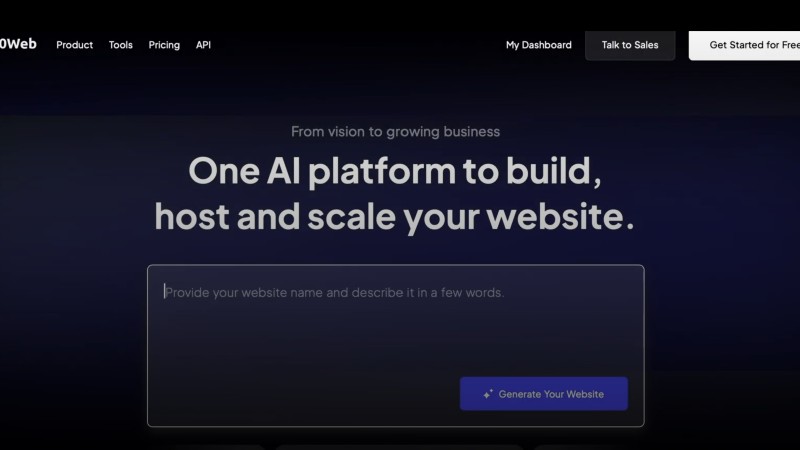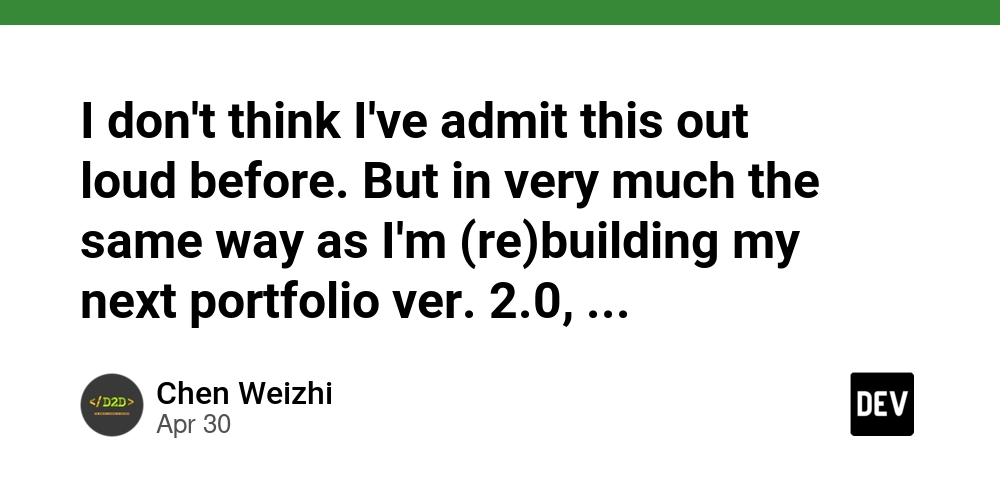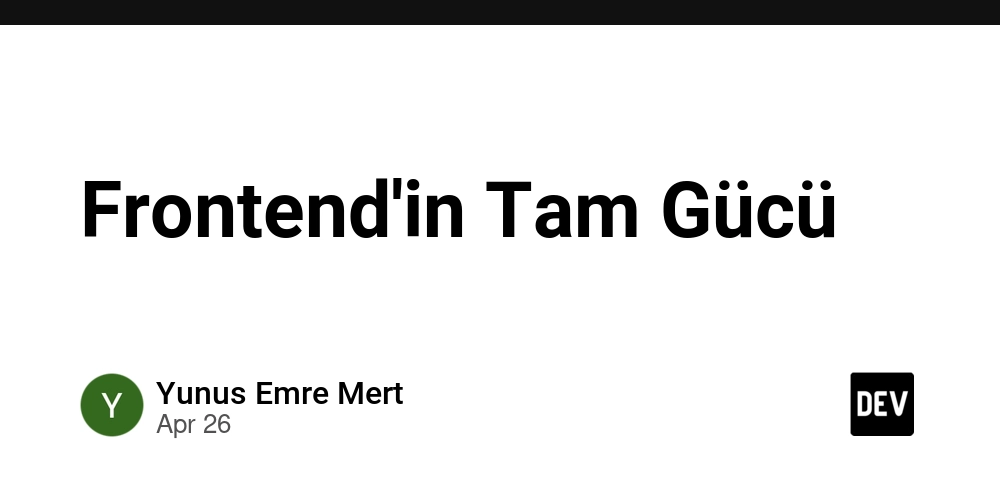Virtual Platforms for Meetings: Features That Make or Break Your Remote Strategy
Choosing the right virtual platforms for meetings is no longer just an operational decision—it’s a strategic one. The tools you select can either empower your team or lead to disengagement, inefficiency, and missed opportunities. As companies continue to refine their digital collaboration strategies, understanding what makes or breaks these platforms is essential—especially when it comes to high-impact formats like the 1 on 1 meeting agenda. The Rise of Virtual Meeting Platforms in a Remote-First World Since the global shift to remote work in 2020, virtual meeting platforms have evolved from a stopgap solution into a central pillar of modern workplace communication. According to recent surveys, over 60% of remote employees spend at least half their workweek in virtual meetings. With this level of reliance, it’s clear that the platform experience directly influences team productivity, culture, and even retention. But not all virtual platforms are created equal. While tools like Zoom, Microsoft Teams, and Google Meet dominate the landscape, newer, more specialized platforms are emerging to cater to specific needs—especially for managers and team leaders focused on building trust and performance through 1-on-1 conversations. Must-Have Features That Drive Effective Virtual Collaboration If you're evaluating or re-evaluating your virtual platforms for meetings, there are key features that can significantly impact how effective those platforms are. Here’s what to look for: 1. Reliable Audio and Video Quality No feature is more fundamental than a clear, uninterrupted connection. Laggy audio or frozen screens can derail even the best-planned meetings. Advanced noise cancellation and adaptive streaming help ensure a smooth experience, which is especially critical during personal 1 on 1 meetings. 2. Integrated Agenda and Note-Taking Tools One of the biggest frustrations with virtual meetings is the lack of structure. This is where built-in or integrated tools for setting a 1 on 1 meeting agenda shine. Platforms like Leadhonestly, Fellow, and Hugo allow users to prepare agendas collaboratively, capture notes in real time, and follow up on action items—transforming meetings from passive discussions into productive sessions. 3. Scheduling Automation and Time Zone Management Remote teams often span multiple time zones. Virtual platforms that offer smart scheduling features, like calendar integrations and time zone converters, remove friction and reduce back-and-forth. This is particularly important for recurring 1-on-1s where consistency and timeliness build trust over time. 4. Breakout Rooms and Small Group Features For larger team syncs, breakout rooms can enable focused discussion and peer-to-peer learning. However, when it comes to 1 on 1 meetings, having a dedicated, distraction-free space (with the option to lock the room or add confidentiality notes) provides a safe environment for open, honest dialogue. 5. Security and Privacy Controls As remote work expands, so do concerns about data privacy. Companies need to ensure that their virtual platforms for meetings comply with data protection regulations and offer encryption, secure access controls, and the ability to limit screen sharing or file uploads during sensitive discussions. The Human Element: **Why 1-on-1 Meetings Matter More Than Ever While group meetings can drive alignment, 1-on-1 meetings remain the most powerful tool a manager has to connect with their team on a personal level. According to Gallup, employees who have regular one-on-ones with their managers are nearly three times more likely to be engaged at work. But virtual 1-on-1s aren’t just about checking in—they’re strategic moments to coach, listen, and develop team members. That’s why platforms that support personalized 1 on 1 meeting agendas—including goal tracking, feedback loops, and career development topics—are gaining traction. The most effective managers come to these meetings prepared, and they encourage their reports to do the same. A well-structured 1-on-1 ensures that no time is wasted and that both parties walk away with clear outcomes and stronger rapport. **Trends Shaping the Future of Virtual Meeting Platforms As the work-from-anywhere trend continues, several innovations are shaping the next generation of meeting platforms: AI-Powered Meeting Summaries: Tools like Otter.ai and Fireflies use AI to transcribe meetings and highlight key decisions or action items—ideal for leaders managing multiple direct reports. Mood and Engagement Trackers: Newer platforms are experimenting with passive feedback tools, like mood indicators and micro-pulse surveys during meetings, to help managers better read the virtual room. Asynchronous Video and Audio: Not every conversation needs to be live. Apps like Loom and Claap allow users to share quick video updates, freeing up calendars and reducing meeting fatigue. Customization for Culture Fit: From branded meeting rooms to icebreaker prompts and sh

Choosing the right virtual platforms for meetings is no longer just an operational decision—it’s a strategic one. The tools you select can either empower your team or lead to disengagement, inefficiency, and missed opportunities. As companies continue to refine their digital collaboration strategies, understanding what makes or breaks these platforms is essential—especially when it comes to high-impact formats like the 1 on 1 meeting agenda.
The Rise of Virtual Meeting Platforms in a Remote-First World
Since the global shift to remote work in 2020, virtual meeting platforms have evolved from a stopgap solution into a central pillar of modern workplace communication. According to recent surveys, over 60% of remote employees spend at least half their workweek in virtual meetings. With this level of reliance, it’s clear that the platform experience directly influences team productivity, culture, and even retention.
But not all virtual platforms are created equal.
While tools like Zoom, Microsoft Teams, and Google Meet dominate the landscape, newer, more specialized platforms are emerging to cater to specific needs—especially for managers and team leaders focused on building trust and performance through 1-on-1 conversations.
Must-Have Features That Drive Effective Virtual Collaboration
If you're evaluating or re-evaluating your virtual platforms for meetings, there are key features that can significantly impact how effective those platforms are. Here’s what to look for:
1. Reliable Audio and Video Quality
No feature is more fundamental than a clear, uninterrupted connection. Laggy audio or frozen screens can derail even the best-planned meetings. Advanced noise cancellation and adaptive streaming help ensure a smooth experience, which is especially critical during personal 1 on 1 meetings.
2. Integrated Agenda and Note-Taking Tools
One of the biggest frustrations with virtual meetings is the lack of structure. This is where built-in or integrated tools for setting a 1 on 1 meeting agenda shine. Platforms like Leadhonestly, Fellow, and Hugo allow users to prepare agendas collaboratively, capture notes in real time, and follow up on action items—transforming meetings from passive discussions into productive sessions.
3. Scheduling Automation and Time Zone Management
Remote teams often span multiple time zones. Virtual platforms that offer smart scheduling features, like calendar integrations and time zone converters, remove friction and reduce back-and-forth. This is particularly important for recurring 1-on-1s where consistency and timeliness build trust over time.
4. Breakout Rooms and Small Group Features
For larger team syncs, breakout rooms can enable focused discussion and peer-to-peer learning. However, when it comes to 1 on 1 meetings, having a dedicated, distraction-free space (with the option to lock the room or add confidentiality notes) provides a safe environment for open, honest dialogue.
5. Security and Privacy Controls
As remote work expands, so do concerns about data privacy. Companies need to ensure that their virtual platforms for meetings comply with data protection regulations and offer encryption, secure access controls, and the ability to limit screen sharing or file uploads during sensitive discussions.
The Human Element: **Why 1-on-1 Meetings Matter More Than Ever
While group meetings can drive alignment, 1-on-1 meetings remain the most powerful tool a manager has to connect with their team on a personal level. According to Gallup, employees who have regular one-on-ones with their managers are nearly three times more likely to be engaged at work.
But virtual 1-on-1s aren’t just about checking in—they’re strategic moments to coach, listen, and develop team members. That’s why platforms that support personalized 1 on 1 meeting agendas—including goal tracking, feedback loops, and career development topics—are gaining traction.
The most effective managers come to these meetings prepared, and they encourage their reports to do the same. A well-structured 1-on-1 ensures that no time is wasted and that both parties walk away with clear outcomes and stronger rapport.
**Trends Shaping the Future of Virtual Meeting Platforms
As the work-from-anywhere trend continues, several innovations are shaping the next generation of meeting platforms:
AI-Powered Meeting Summaries: Tools like Otter.ai and Fireflies use AI to transcribe meetings and highlight key decisions or action items—ideal for leaders managing multiple direct reports.
Mood and Engagement Trackers: Newer platforms are experimenting with passive feedback tools, like mood indicators and micro-pulse surveys during meetings, to help managers better read the virtual room.
Asynchronous Video and Audio: Not every conversation needs to be live. Apps like Loom and Claap allow users to share quick video updates, freeing up calendars and reducing meeting fatigue.
Customization for Culture Fit: From branded meeting rooms to icebreaker prompts and shared playlists, platforms are focusing on building human connection in the virtual space.
Final Thoughts
Your remote strategy lives or dies by the tools you choose. And when it comes to virtual platforms for meetings, especially 1 on 1 meetings, the right features can make all the difference. Don’t just settle for what’s popular—look for platforms that align with your team’s communication style, values, and long-term goals.
A thoughtful 1 on 1 meeting agenda, backed by a reliable and intuitive platform, empowers managers to build stronger relationships, drive performance, and retain top talent. In a world where face-to-face interactions are rare, your meeting platform is your culture—make sure it works for you, not against you.










































































































































































![[The AI Show Episode 146]: Rise of “AI-First” Companies, AI Job Disruption, GPT-4o Update Gets Rolled Back, How Big Consulting Firms Use AI, and Meta AI App](https://www.marketingaiinstitute.com/hubfs/ep%20146%20cover.png)










































































































































































.png?width=1920&height=1920&fit=bounds&quality=70&format=jpg&auto=webp#)






























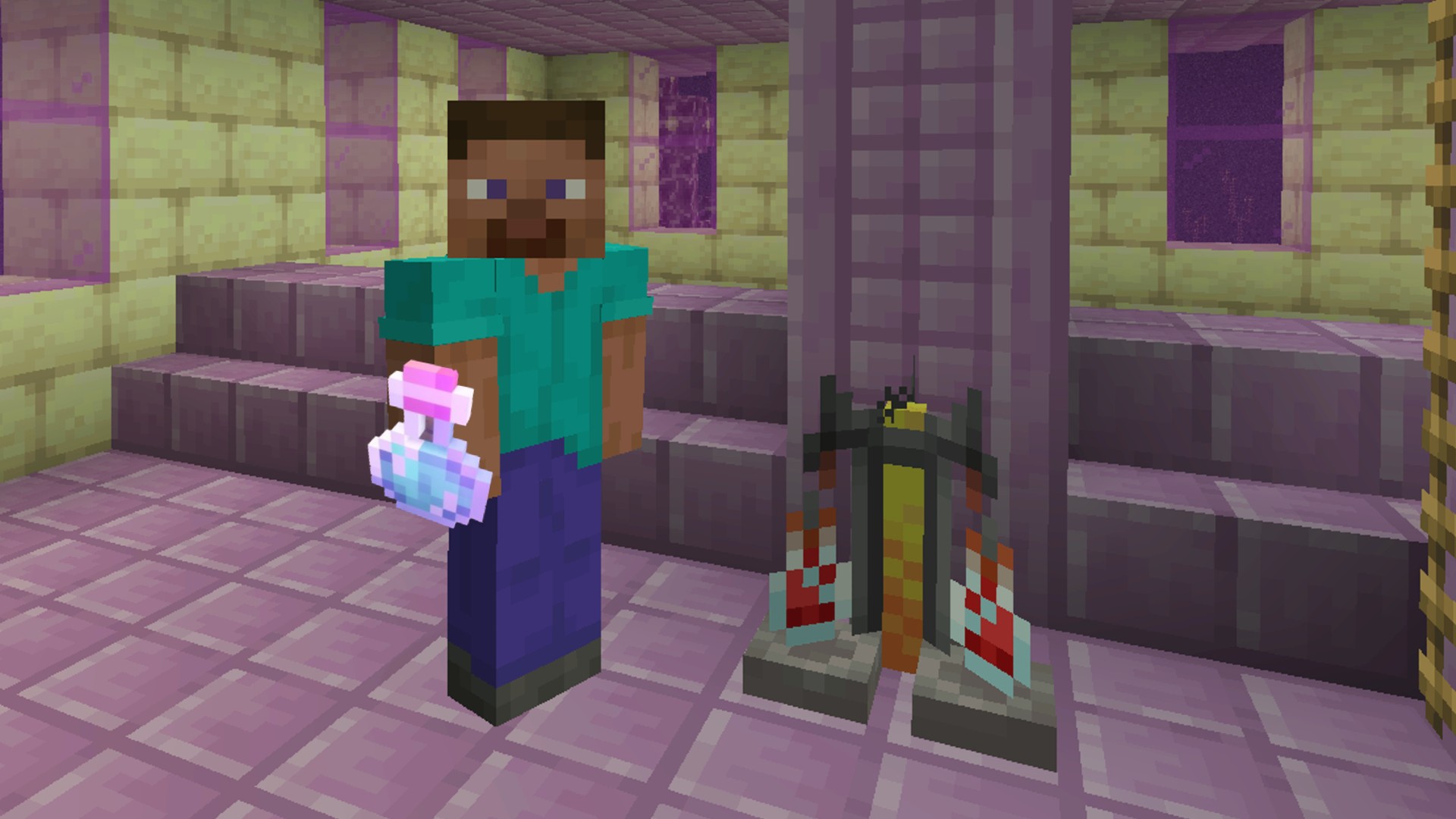
































































_Aleksey_Funtap_Alamy.jpg?width=1280&auto=webp&quality=80&disable=upscale#)
_Sergey_Tarasov_Alamy.jpg?width=1280&auto=webp&quality=80&disable=upscale#)

























































































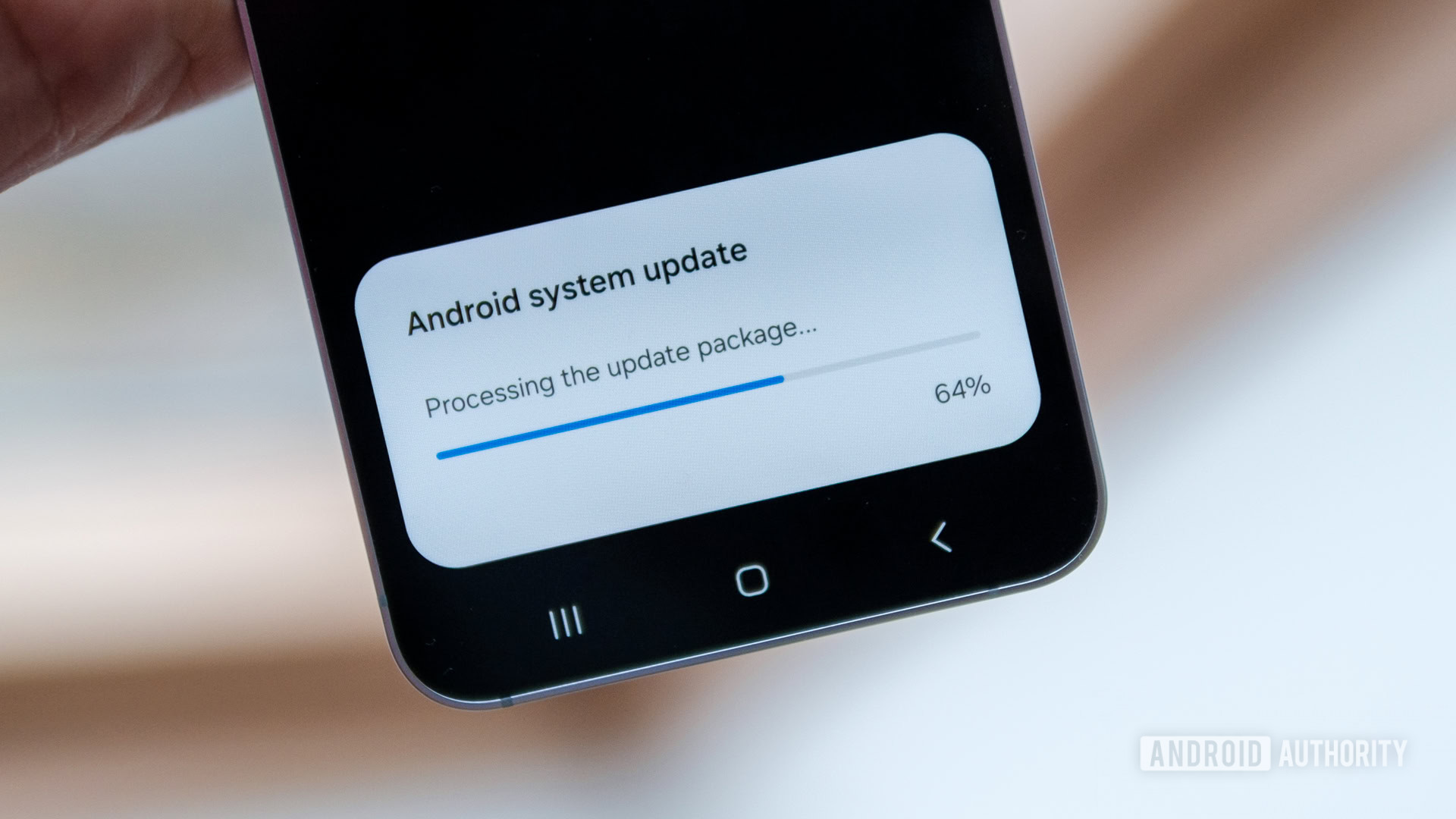





















![Apple Foldable iPhone to Feature New Display Tech, 19% Thinner Panel [Rumor]](https://www.iclarified.com/images/news/97271/97271/97271-640.jpg)
![Apple Developing New Chips for Smart Glasses, Macs, AI Servers [Report]](https://www.iclarified.com/images/news/97269/97269/97269-640.jpg)
![Apple Shares New Mother's Day Ad: 'A Gift for Mom' [Video]](https://www.iclarified.com/images/news/97267/97267/97267-640.jpg)
![Apple Shares Official Trailer for 'Stick' Starring Owen Wilson [Video]](https://www.iclarified.com/images/news/97264/97264/97264-640.jpg)
















